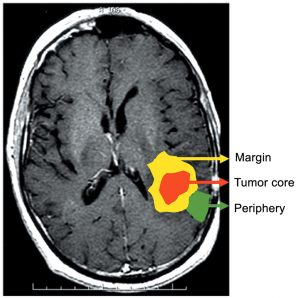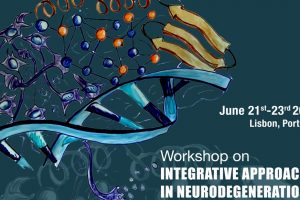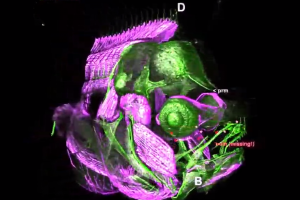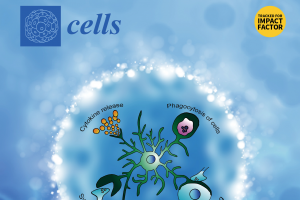Patrícia Madureira and her team published in the latest issue of Cells Magazine a scientific article that may help to understand gliobastoma multiforme, one of the deadliest brain tumors.
Assuming that low tumor oxygenation, also known as hypoxia, constitutes a major concern for gliobastoma multiforme patients, since it promotes cancer cell spreading (invasion) into the healthy brain tissue in order to evade this adverse microenvironment, the research team seeks to understand how this contributes to tumor cells becoming more invasive.
In a cancer whose patient prognosis is quite reserved, with a patient’s median survival rate ranging from 15 to 17 months, the goal is clear: to help develop, in the future, more effective therapies for this type of tumor.
Since tumor invasion is the leading cause of death in patients with gliobastoma multiforme and also the main obstacle to treatment, researchers seek to understand how hypoxia triggers the GBM cells to become invasive is paramount to developing novel and more effective therapies against this devastating disease.
With this work, researchers from the CBMR – Center for Research in Biomedicine (University of the Algarve) and the Brain Tumor Research Center (University of Portsmouth, U.K), concluded that there are several cellular proteins involved in promoting invasion in this type of brain tumors and that they should be pointed out as potential therapeutic targets for the treatment of the disease. Some chemotherapeutic agents are already being tested in clinical trials.
The current treatment for gliobastoma multiforme involves tumor resection surgery based on MRI image analysis, followed by radiotherapy and treatment with temozolomide. However, the gradual development of tumor resistance to temozolomide is frequent in GBM patients leading to subsequent tumor regrowth/relapse.
The treatment for gliobastoma multiforme has not changed since 2005, so, this study may open a new opportunity window.


Since tumor invasion is the leading cause of death in patients with gliobastoma multiforme and also the main obstacle to treatment, researchers seek to understand how hypoxia triggers the gliobastoma cells to become invasive is paramount to developing novel and more effective therapies against this devastating disease.


















